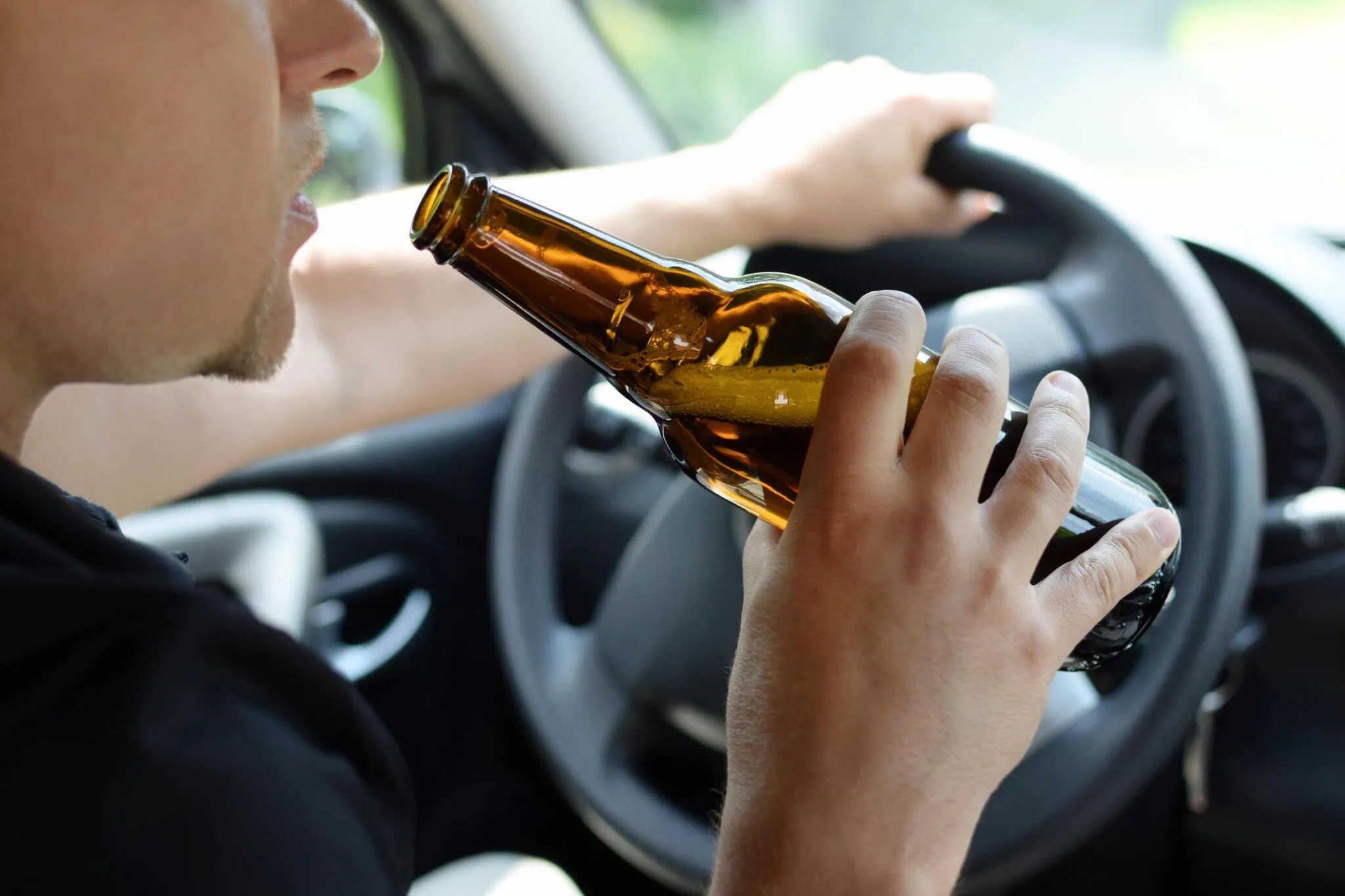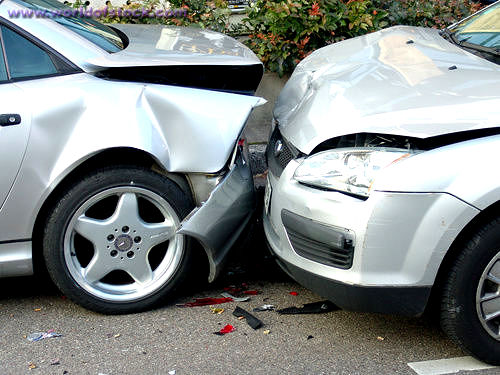
The conversation around impaired driving often centers on the terms “drunk driving” and the adage “buzzed driving is drunk driving.” This dialogue evokes strong opinions and legal debates, particularly in the United States, where the ongoing dilemma of determining at which stage of impairment it becomes illegal to drive continues to challenge lawmakers, enforcement agencies, and drivers alike.
Arizona has been notably at the forefront of this debate, particularly with its unique approach to DUI laws. This blog aims to delve into the nuances of different impairment levels, ranging from “buzzed” driving at a .01 Blood Alcohol Concentration (BAC) to being “super drunk,” and explores the legal implications in Arizona and across the U.S.
Understanding Blood Alcohol Concentration (BAC)
BAC is a critical metric in defining legal intoxication levels. In the U.S., “drunken driving” is typically pegged at a BAC level of .08%. However, it’s crucial to understand that impairment starts well before reaching this threshold.
Even at a BAC as low as .01, subtle changes in coordination and judgment can occur. This raises pertinent questions like “Is .07 drunk?” and challenges the perception that below certain BAC levels, “drinking and driving is now legal.”
Buzzed Driving: A Misleading Sense of Security
The concept that “driving buzzed is driving drunk” underscores a dangerous misconception – that slightly impaired driving is safe. Buzzed driving, typically defined as having a BAC between .01 and .07, may not meet the legal definition of drunk driving in all states, but it can still significantly impair driving abilities.
The belief that one can drink and still be under the “legal BAC limit in all 50 states” has led to numerous accidents and fatalities, showcasing the severe problems with drunk driving.
Drunk Driving: Legal and Social Ramifications
Reaching a BAC of .08 classifies a driver as legally impaired in all U.S. states. However, this “U.S. drunk driving” standard does not fully encapsulate the spectrum of impairment.
The term “super drunk” often describes individuals with a BAC far exceeding .08, highlighting the increased risks and legal consequences associated with higher levels of alcohol consumption.
Comparing the Impacts on Driving Abilities
It’s crucial to understand the differences in impairment between buzzed and drunk driving to appreciate the phrase “driving buzzed is driving drunk.”
At lower BAC levels, such as .01, drivers might experience slight vision impairment and reduced coordination. As BAC levels increase, these impairments become more pronounced, raising significant safety concerns.
Legal Implications in Arizona
In Arizona, the phrase “it is illegal to drive with a BAC of” carries significant weight. Arizona law enforces a strict stance on DUI, adhering to the “impaired to the slightest degree” standard, rather than just the .08% BAC threshold.
This means that even if your BAC is below .08%, like at .01 BAC or in the range of what’s considered “buzzed driving,” you could still face legal consequences if your driving ability is impaired. This approach underscores the serious view of “driving buzzed is driving drunk” in the state.
In addressing the critical issues of buzzed and drunk driving, especially within the context of Arizona’s stringent DUI laws, it is essential to recognize the resources available for those navigating the legal aftermath of a DUI charge. The Lebovitz Law Group stands out as a pivotal resource for individuals seeking legal representation or advice in such circumstances.
Their expertise in DUI and related legal matters in Arizona offers invaluable support to those affected by the state’s rigorous enforcement of DUI laws.
For individuals facing DUI charges, understanding the intricate details of Arizona’s legal system is paramount. The Lebovitz Law Group provides comprehensive legal services that cater specifically to the complexities of DUI cases, ensuring that clients receive knowledgeable and empathetic representation.
Technological Innovations and Legal Enforcement
With advancements in technology, new methods to prevent drunk driving incidents are emerging. Innovations like alcohol-triggered vehicle lock systems are becoming more prevalent. These systems can detect a driver’s BAC level and prevent the vehicle from starting if it exceeds a preset limit, such as .01 BAC.
Similarly, mobile phone-based detection systems can alert authorities or prevent car operations if they detect signs of impairment. These technologies may soon play a significant role in enforcing DUI laws, further blurring the line between “buzzed” and “drunk” driving.
Prevention and Education: Key to Reducing Impairment-Related Accidents
Addressing the problems with drunk driving requires more than strict laws and technological solutions; it calls for comprehensive education and prevention strategies. Public awareness campaigns often emphasize that “driving buzzed is driving drunk,” aiming to alter public perception and behavior toward drinking and driving.
Educational programs in schools and communities play a critical role in informing people about the risks associated with driving even at a BAC of .01 or .07, reinforcing that there’s no safe level of drinking when it comes to driving.
Conclusion
The evolution from being the “last state to make drinking and driving illegal” to a point where every state enforces a legal BAC limit, usually at .08, reflects our growing understanding of alcohol’s impact on driving. Arizona’s strict DUI laws, coupled with advancements in technology and prevention efforts, signify a growing recognition of the dangers posed by any level of impairment.
Whether it’s driving at a BAC of .01, labeled as “buzzed,” or at higher levels considered “drunk,” the risks are real and significant. As we navigate the roads, it’s vital to remember that responsible driving starts with understanding and respecting these legal and physiological limits.
Sort by Category
Related Posts

Understanding Arizona’s Car Seat Rules
Understanding Arizona's Car Seat Rules is crucial for every parent and caregiver. These regulations are designed to ensure the safety of young passengers, which can significantly reduce the risk of injury in case of an accident. This article aims to provide a...

Does the Government Tax Money from Lawsuit Settlements?
Does the Government Tax Money from Lawsuit Settlements? Lawsuit settlements can be a source of financial relief, but it's important to understand the tax implications so you're not caught off guard during tax season. Government taxation of lawsuit settlement funds is...

Can I sue if I get whiplash from a car accident?
A whiplash injury is a neck injury caused by the sudden back-and-forth motion of the head, commonly seen in car accidents. This type of injury can lead to significant pain and discomfort, often making it difficult for victims to go about their daily activities. If you...

When the At-Fault Driver Has No Car Insurance: Your Options for Compensation
Being involved in a car accident can be a stressful experience, especially when the at-fault driver lacks car insurance. This scenario raises concerns about securing compensation for damages and injuries. Key takeaway: In this article, we will discuss the options...

Did You Know This About Workplace Harassment Laws?
Workplace harassment is unwelcome behavior significantly disrupting an employee's work environment or personal well-being. When this behavior is based on protected characteristics like race, gender, or religion, it not only affects the individuals targeted but also...

Did Your Dentist Make a Mistake? How to Know When to Call a Dental Malpractice Lawyer
Dental malpractice is a sad reality that can have serious consequences for patients. It includes things like surgeries gone wrong, incorrect diagnoses, faulty dental devices, and mistakes in giving anesthesia. As a patient, you trust your dentist to give you safe and...



